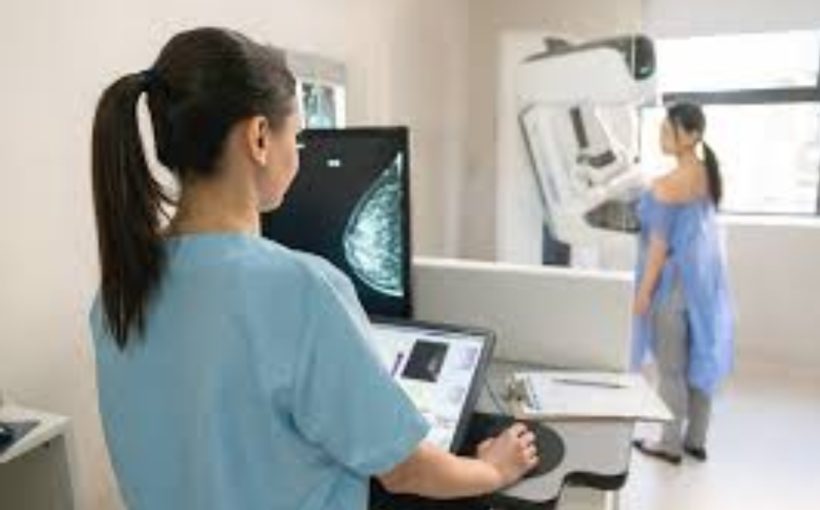A mammogram is an X-ray image of your breasts that is used to screen for breast cancer. Mammograms play a key role in early breast cancer detection and help decrease breast cancer deaths.
Breast cancer will affect 1 in 8 women, according to the American Cancer Society. After skin cancer, breast cancer is the most common cancer diagnosed in women in the U.S. It’s estimated 43,600 women in the U.S. will die from breast cancer this year.
Various medical organizations in the U.S. issue breast cancer screening guidelines, but they don’t agree on when to begin screening mammograms and how often to repeat them. If you’re unsure or concerned about when to start mammograms and how often to repeat them, work with your health care provider to make an informed decision.
Dense breast tissue makes breast cancer screening more difficult, and it increases the risk of breast cancer. If a mammogram shows that you have dense breast tissue, your health care provider may consider additional or supplemental testing based on your other risk factors and personal preferences. Supplemental tests for breast cancer screening can include a 3D mammogram, or breast tomosynthesis; breast MRI; breast ultrasound; or molecular breast imaging.
If you’re due for a mammogram, it’s important to schedule it on time. Don’t delay. The biggest risk of skipping breast cancer screening is that the cancer has more time to grow and potentially progress into a more advanced stage.
Laurel Kelly


